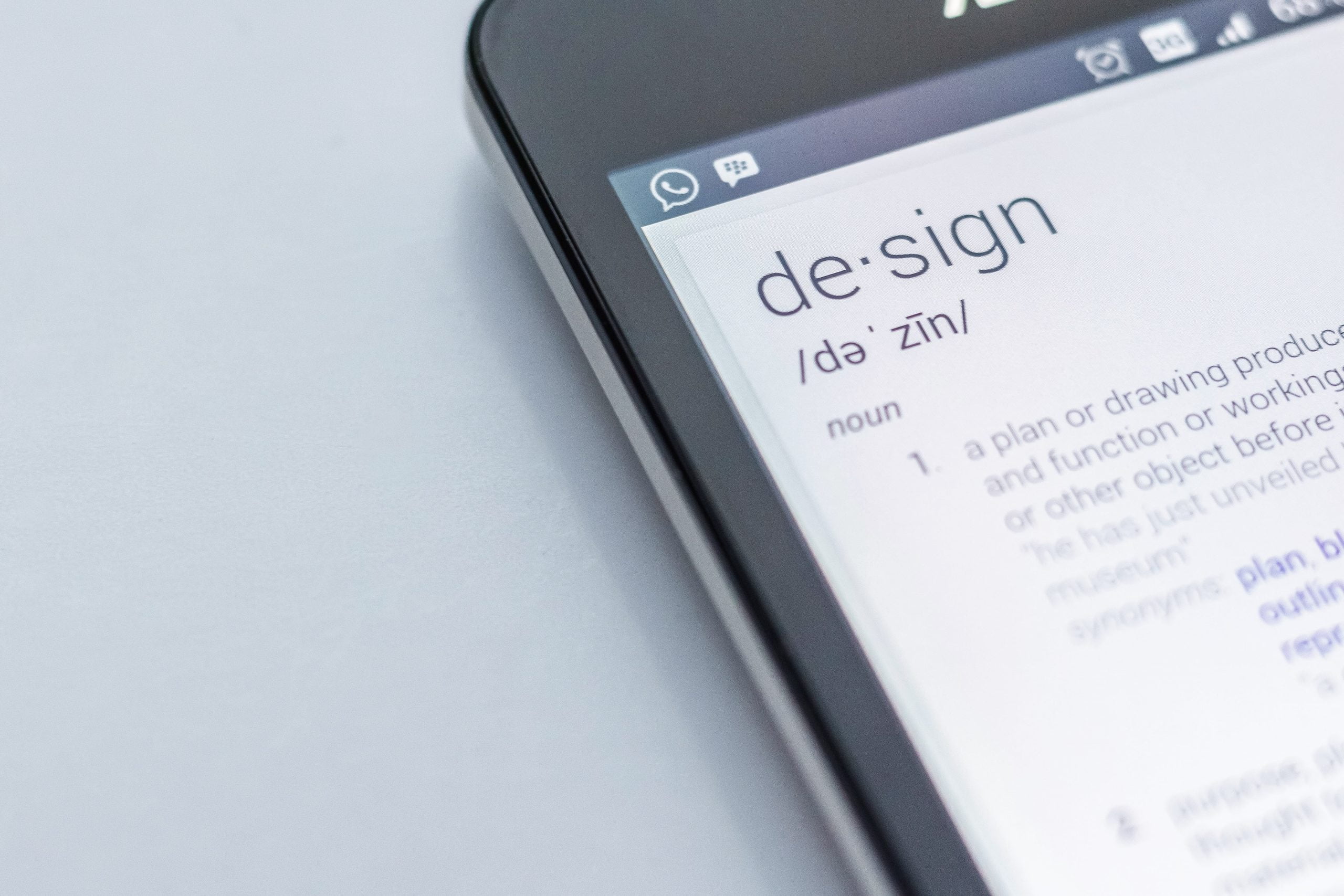
Introduction to Typography in Web Design
Typography is the art and technique of arranging type to make written language legible, readable, and appealing when displayed. In web design, typography plays a crucial role in creating a visually appealing and effective website. It involves selecting the right fonts, sizes, colors, and spacing to convey the message of the website and enhance the user experience.
Understanding the Importance of Typography in Web Design
Typography is an essential element of web design that can make or break the user experience. It can influence how users perceive the website, how they interact with it, and how they remember it. According to a study by Google, users spend an average of 5.59 seconds looking at a website’s written content before deciding whether to stay or leave. This means that typography can have a significant impact on the website’s bounce rate and conversion rate.
Good typography can also improve the website’s accessibility and readability. It can make the content easier to scan, understand, and remember. This is especially important for users with visual impairments or reading difficulties. In fact, the Web Content Accessibility Guidelines (WCAG) recommend using a minimum font size of 16px and a high contrast ratio between the text and the background to ensure readability.
Best Practices for Choosing Fonts in Web Design
Choosing the right fonts is crucial for creating effective typography in web design. Here are some best practices to follow:
1. Use web-safe fonts: Web-safe fonts are fonts that are widely available on most devices and browsers. Examples include Arial, Times New Roman, and Verdana. Using web-safe fonts ensures that the website’s typography will be consistent across different devices and browsers.
2. Limit the number of fonts: Using too many fonts can make the website look cluttered and unprofessional. It’s best to stick to two or three fonts for the entire website, including headings, subheadings, and body text.
3. Consider the font’s personality: Different fonts have different personalities and convey different emotions. For example, serif fonts like Times New Roman are often associated with tradition and elegance, while sans-serif fonts like Arial are more modern and clean. Choose a font that matches the website’s tone and message.
4. Ensure readability: The font size, line spacing, and letter spacing should be optimized for readability. The font size should be large enough to be easily readable, and the line spacing should be wide enough to prevent the text from looking cramped. The letter spacing should be adjusted to ensure that the letters are not too close together or too far apart.
Tips for Creating Effective Typography Hierarchy in Web Design
Typography hierarchy refers to the arrangement of text elements in order of importance. It helps users to understand the structure of the content and navigate the website more easily. Here are some tips for creating an effective typography hierarchy:
1. Use headings and subheadings: Headings and subheadings are important for breaking up the content into sections and making it easier to scan. Use different font sizes and styles to differentiate between headings and subheadings.
2. Use font weight and style: Bold and italic fonts can be used to emphasize important words or phrases. However, it’s important not to overuse them, as this can make the text look cluttered and confusing.
3. Use color: Color can be used to highlight important text elements, such as headings or links. However, it’s important to ensure that the color contrast is high enough to ensure readability.
4. Use white space: White space, or negative space, refers to the empty space between text elements. It can be used to create a visual hierarchy and make the content easier to read.
The Role of Color in Typography in Web Design
Color is an important element of typography in web design. It can be used to create contrast, highlight important text elements, and convey emotions. Here are some best practices for using color in typography:
1. Use a limited color palette: Using too many colors can make the website look cluttered and confusing. It’s best to stick to a limited color palette that matches the website’s branding and tone.
2. Ensure color contrast: The color contrast between the text and the background should be high enough to ensure readability. The WCAG recommends a contrast ratio of at least 4.5:1 for normal text and 3:1 for large text.
3. Use color to convey emotions: Different colors can convey different emotions. For example, red is often associated with passion or danger, while blue is associated with calmness or trust. Choose colors that match the website’s tone and message.
4. Use color sparingly: Color should be used sparingly to avoid overwhelming the user. Use color to highlight important text elements, such as headings or links, but avoid using it for every text element.
Conclusion: Mastering the Art of Typography in Web Design
Typography is an essential element of web design that can have a significant impact on the user experience. By following best practices for choosing fonts, creating effective typography hierarchy, and using color wisely, web designers can create visually appealing and effective websites that engage and inform users. Remember to consider the website’s tone and message when selecting fonts and colors, and ensure that the typography is optimized for readability and accessibility. With these tips, you can master the art of typography in web design and create websites that stand out from the crowd.
